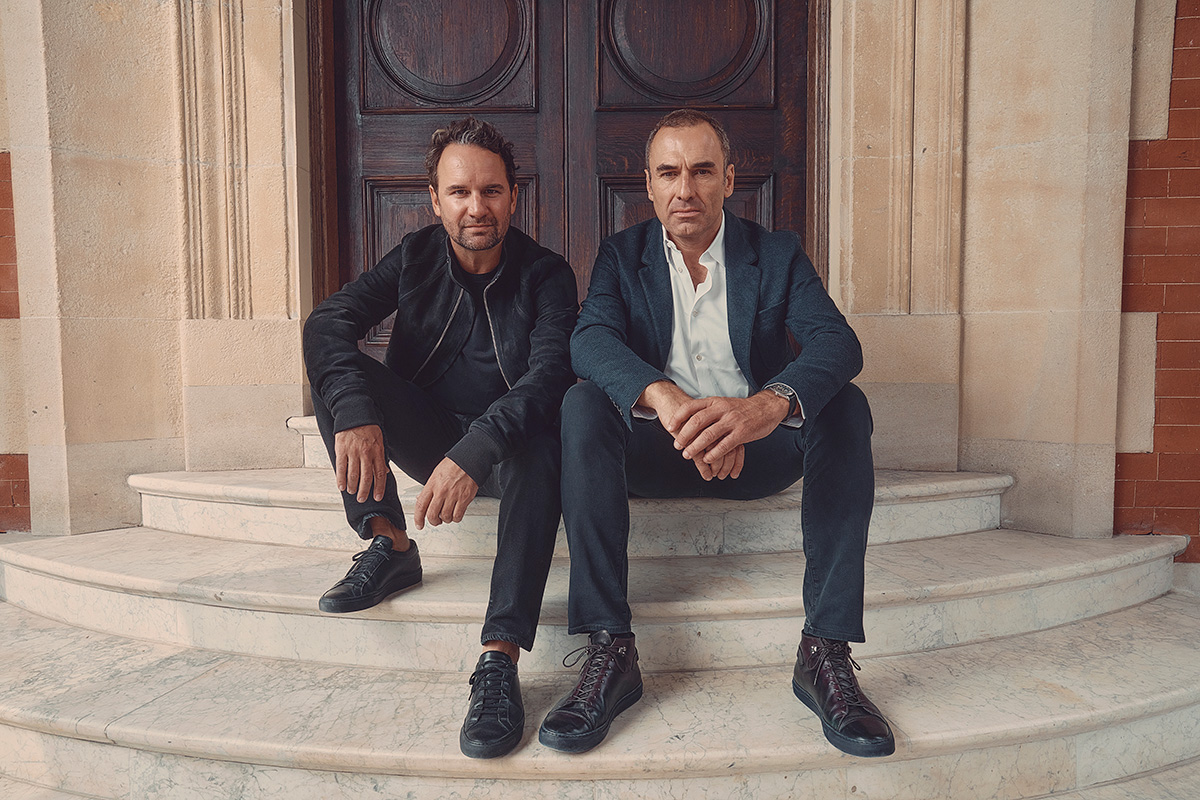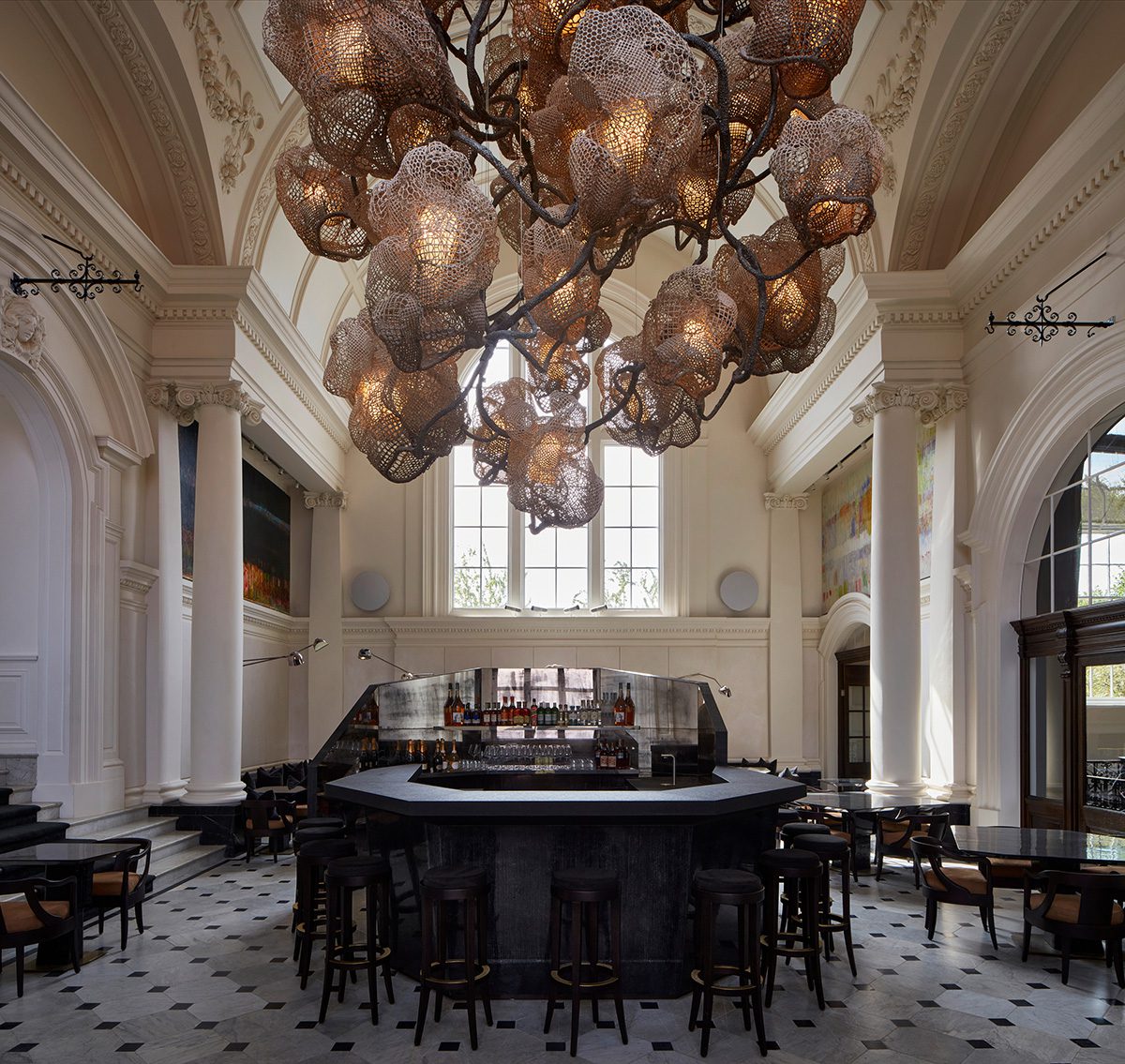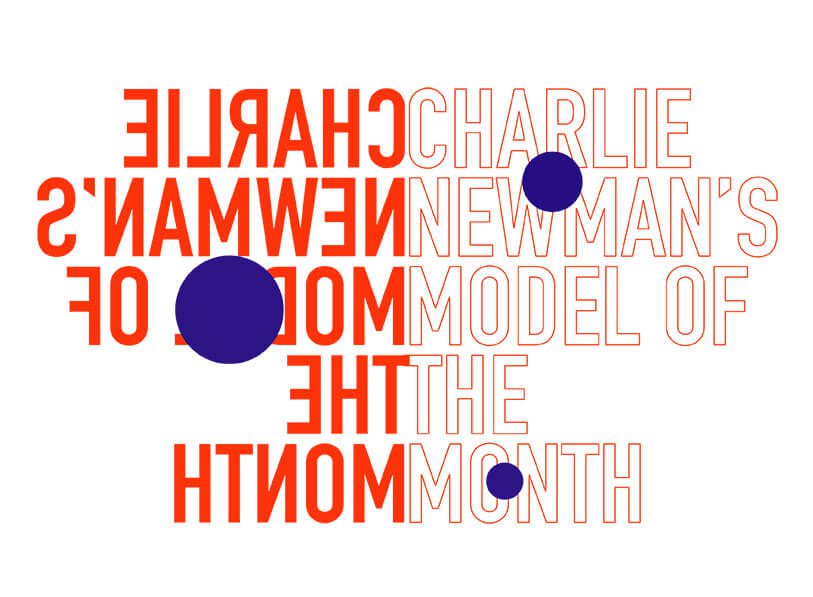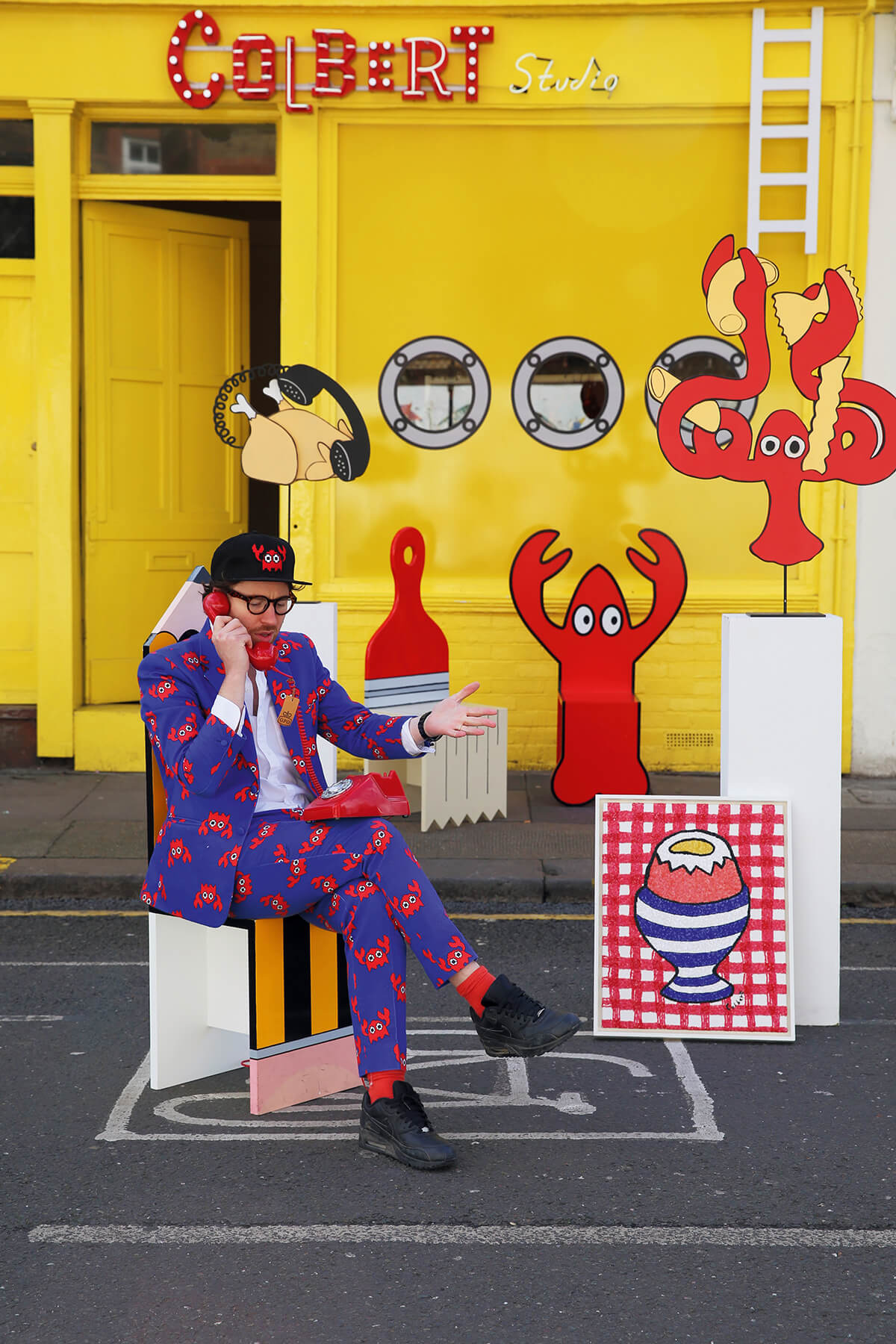Picture Ladbroke Hall – a cocktail of Beaux Arts elegance, Edwardian grandeur, modern creativity. This ex-car factory has transformed itself into a sprawling arts complex, from gallery to jazz bar to fine-dining. LUX Editor-in-Chief Darius Sanai meets its mastermind and co-founder, Loïc Gaillard
Darius Sanai: Ladbroke Hall is a major development. What made you want to do it?
Loïc Le Gaillard: Ladbroke Hall has been an incredible journey! The inspiration behind this project was simple – we aimed to establish a unique arts and social club, a central hub for creativity. From contemporary art to collectible design, encompassing culture, dining, and music, all within a single space. Beyond being a physical location, Ladbroke Hall is a meeting place for everyone – the public, friends, Patrons, and collaborators alike. It tangibly serves as a haven for those who appreciate the arts and seek meaningful connections, bringing together diverse minds and kindred spirits.
Ladbroke Hall also houses our flagship gallery, Carpenters Workshop Gallery in London. After 17 years of developing Carpenters Workshop Gallery, we made the decision to expand on the traditional gallery model to facilitate artistic exchange through a more immersive experience.
DS: It has elements of members’ club, but it’s not. Who is your market, and why are they coming?
LG: Ladbroke Hall is a distinctive haven for our community of art and design enthusiasts. In response to the growing need for spaces that foster community and connectivity, we introduced the Patron’s scheme. This scheme is designed to give our Patrons exclusive access to Ladbroke Hall’s vibrant community. This includes special privileges such as entry to private spaces like the Lamyland Patrons bar, ensuring that our Patrons are involved in every facet of Ladbroke Hall’s endeavours. Priority access to the live programme of Patron only events, the restaurant, and private dining experiences further enhances the Patron experience. Despite these exclusive perks, our commitment to inclusivity remains unwavering, ensuring that the enriching ambiance and offerings at Ladbroke Hall are accessible to all.
Functioning as a dynamic stage for the Arts, Ladbroke Hall creates unforgettable experiences. Our philosophy centres on providing Patrons with unparalleled access to the thriving artistic community, emphasising the shared experience within this vibrant creative hub.
DS: Tell us about how the commercial gallery, F&B and cultural programming work together.
LG: At its core, Ladbroke Hall is a stage for the Arts – a place to experience multidisciplinary arts all under the same roof. When visitors dine at our restaurant, Pollini, they are not only savouring the finest Italian cuisine by Chef Emanuele Pollini; they are doing so in a designed space crafted by one of our core artists and fellow Italian, Vincenzo De Cotiis Architects. The space features a specially commissioned, site-specific sculptural chandelier by Nacho Carbonell and four paintings by Sir Christopher Le Brun PPRA.
Visitors are also invited to enjoy our weekly Friday Jazz, accompanied with a specialised dinner menu. This event welcomes both jazz enthusiasts and new audiences, featuring some of today’s top musicians with a focus on high-quality straight-ahead jazz. The essence of this musical genre, breaking barriers and fusing cultures, resonates with Ladbroke Hall’s ethos as a multidisciplinary creative hub.
Recently, we’ve introduced the Classical Masters series, showcasing performances by some of the most distinguished classical musicians. Additionally, Carpenters Workshop Gallery currently hosts three solo exhibitions by Michele Lamy, Roger Herman, and Wendell Castle, all running until April 26th.
We also are excitingly opening Ladbroke Hall’s garden this spring designed by Luciano Giubbilei – so stay tuned! Ladbroke Hall has something for everyone, providing a space for people to gather and enjoy the Arts.

Ladbroke Hall is an imposing building, just a few minutes from the heart of London’s shi shi Notting Hill.
DS: Why has it taken a French person to create such a visionary construct in London?
LG: London has long been a melting pot, drawing incredible talent from across the globe. It has been my home for half of my life, a place that continues to surprise and inspire me daily. London will always be international. As the London Mayor, Sadiq Khan, once said, when the UK officially left the EU, “London is open and no matter where you’re from, you will always belong here.” Therefore, I do not see it as a French person in a British city constructing something so visionary. Several years on from Brexit, London continues to attract the world’s most exciting artistic talent and in turn collectors. It’s a hub for exchange and that is exactly how we see Ladbroke Hall.
DS: You opened less than six months ago; what would you want people to be saying about Ladbroke Hall in ten years?
LG: That’s a great question. I envision Ladbroke Hall in ten years to be the premier social and arts club where everyday visitors create wonderful memories and forged new friendships and collaborations. It is exciting to think what else Ladbroke Hall has in store, making it a journey we can only fully appreciate by waiting and enjoying the ride.
DS: What were your biggest challenges in its creation?
LG: Crafting Ladbroke Hall was in no means an easy feat. It is thanks to our team, collaborators and artists who helped create Ladbroke Hall. My business partner, Julien Lombrail and I pulled together a band of artists that were keen on joining the vision for this ecosystem.

Loïc Le Gaillard and Julien Lombrail are the co-founders of Ladbroke Hall, which blends a high end restaurant, a bar, a commercial arts-ace, a jazz club and a new garden space.
DS: What do you seek to achieve, and who do you seek to attract, through your programming.
LG: Curious, creative and kind people.
DS: You run the restaurant yourselves, yet you are not a restaurateur. Why? Is that challenging?
LG: The desire to open a restaurant has been a lifelong dream of mine. London’s competitive scene presents its challenges, but it’s an honour to collaborate with Chef Emanuele Pollini, who brings his brilliant culinary expertise to us.



































Recent Comments